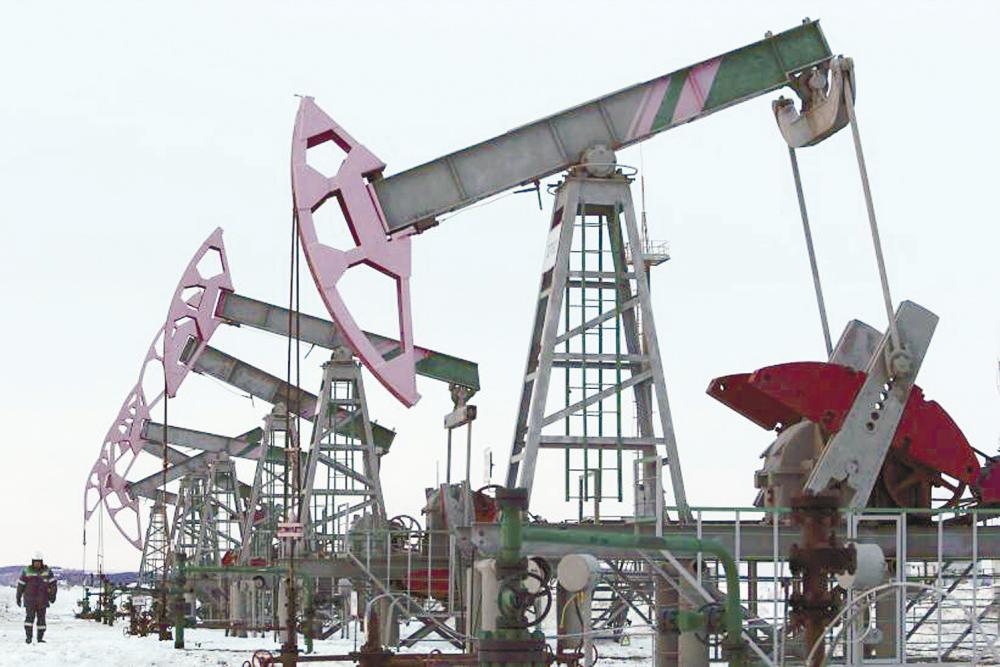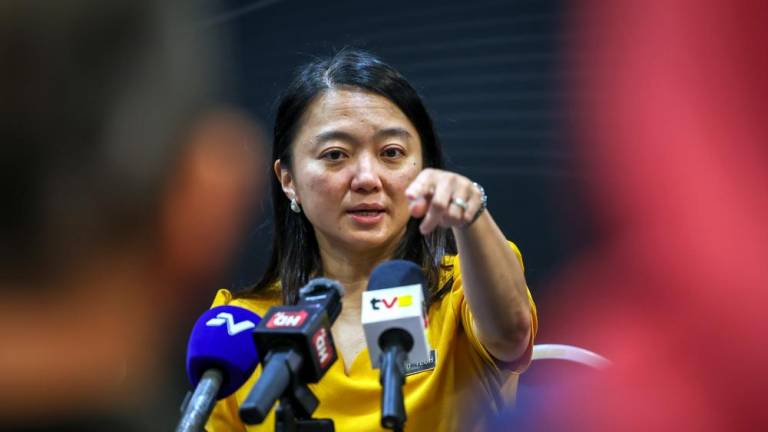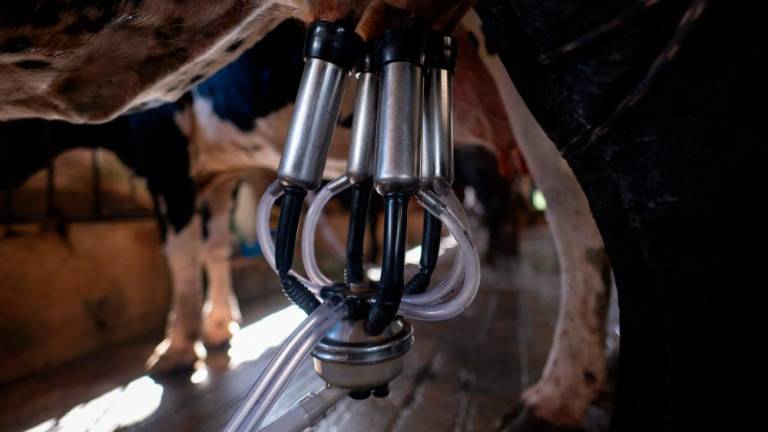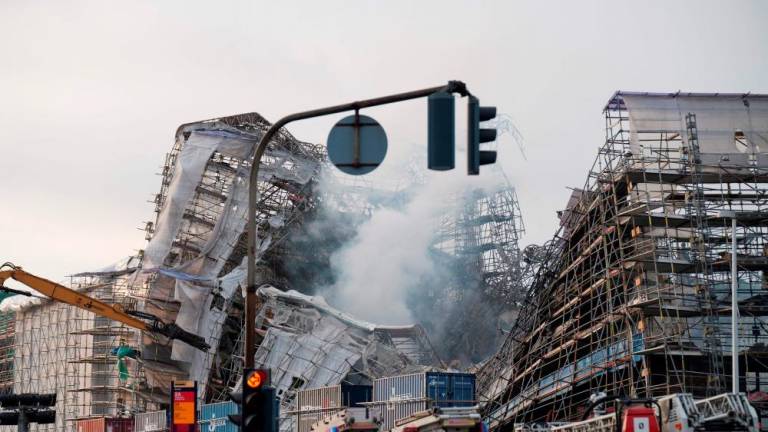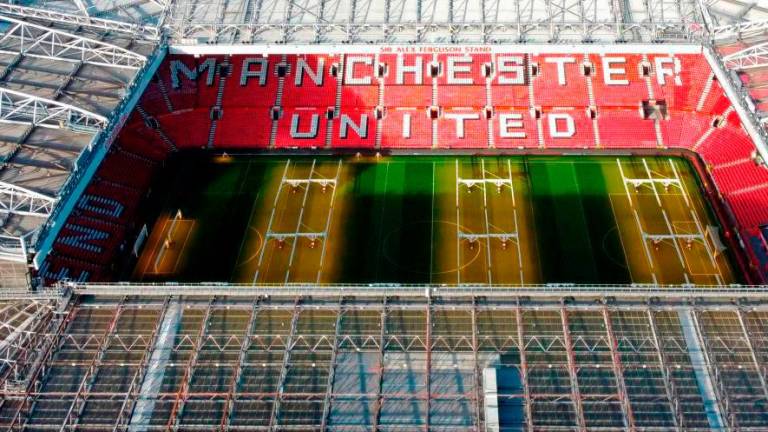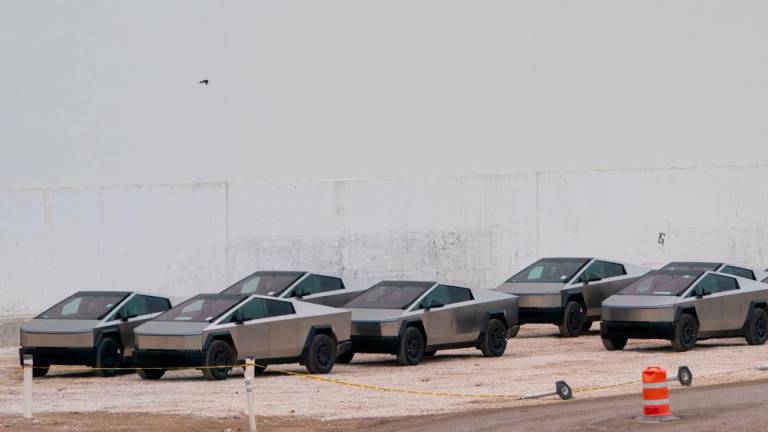PETALING JAYA: Analysts are not expecting a boom in commodity prices in 2020, despite significant improvements in the oil and crude palm oil sectors leading up to the new year attributed to the easing of trade tensions between the United States and China.
Brent oil price jumped more than 3% last Friday to a high of US$69.20 a barrel before settling at US$68.60 (RM281.30) a barrel, after the killing of an Iranian general in Iraq.
Oil and gas stocks were heavily traded on the local bourse, including Sapura Energy Bhd, Velesto Energy Bhd, Hibiscus Petroleum Bhd, Bumi Armada Bhd and KNM Group Bhd.
Inter-Pacific Securities Sdn Bhd head of research Pong Teng Siew opined that oil prices will not return to their previous levels before the US-China trade war.
“Although there has been a measure of economic improvements globally, the situation has yet to improve to the levels before the trade war,” he told SunBiz.
According to a Reuters poll, analysts and economists estimated Brent crude price to average US$63.07 per barrel in 2020 as it benefits from the production cuts instituted by the Organisation of the Petroleum Exporting Countries (Opec) in December last year along with the phase one trade deal between the US and China.
“The greater cooperation within Opec and its allies will have a stabilising impact on oil prices as its members will show more discipline in going forward,” said Pong.
However, a drop in shale oil production could be an impetus for oil prices to go up. Pong explained that the US shale rigs have a shorter production cycle compared with traditional rigs and if they fail to secure new drillings for the outgoing wells, the drop in supply will result in higher oil prices.
For 2020, the International Energy Agency (IEA) expects US oil production to slip to 1.1 million barrels per day (bpd) from 1.6 million bpd in 2019.
Similarly, Sunway University Business School Professor of Economics Dr Yeah Kim Leng said the expected improvement in global outlook will translate into demand remaining firm in 2020.
“On the whole, the improvement of commodity prices is premised on a pick-up in global trade and a lower trade war risk,” he said.
Yeah said he does not expect a boom in commodity prices as the elasticity remains intact, although it is currently more favourable to producers than to consumers.
“However, barring an extreme supply shock, we won’t see oil going back to the previous price levels of US$80-90 a barrel.”
On another front, crude palm oil charted a similar trajectory as palm oil futures broke the RM3,000 a tonne threshold in December last year, the first time in three years, attributed to import duty cuts by India, lower production and biofuel initiatives.
Yeah highlighted that the deal between the US and China involves the latter accepting more American agricultural produce, including soybean oil. “This will translate into some substitution effects for palm oil as it has already muted some demand for the commodity.”
However, he pointed out that climate change could disrupt the supply of edible oils and subsequently push up the prices of commodities, including palm oil.
“There has already been an incident of climate change, as floods have affected the supply of American-grown soy in the summer of last year.”
Pong said it is too early to tell whether palm oil will retain its momentum, as its strong run is due to the commodity’s seasonal production pattern.
He explained that the low productivity could be attributed to factors such as weather and it tends to taper off in February or March when productivity returns to its normal level.
Furthermore, he pointed out that the favourable duty from India might not be sustainable as its economy has weakened and the duty reduction was done to support its consumers.
However, Pong opined that Indonesia’s B30 biodiesel initiative and Malaysia’s biofuel mandate expected at the of 2020 will continue to support the crude palm oil price in the long term.
The CPO contract for January was down RM15 to RM3,110 a tonne last Friday.
Speaking of gold prices, Yeah said there is less of an upside for the precious metal in 2020 as the global outlook has turned more favourable with US and China reaching a trade deal.
US gold futures settled 1.5% higher at US$1,552.40 per ounce last Friday.



